Why Hummingbirds Are Essential for Healthy Ecosystems
Hummingbirds might seem small and delicate, but their impact on ecosystems is massive. These tiny birds are key pollinators for countless plants, especially in areas where other pollinators can’t thrive. Without them, many flowers and plants would struggle to survive, affecting entire food chains. Their role is irreplaceable, as they connect species and sustain biodiversity in ways we often overlook. They truly matter more than most realize.
What Are Hummingbirds?
Hummingbirds are among nature’s most fascinating creatures. Known for their rapid wingbeats and vivid colors, they are tiny but mighty contributors to their ecosystems. They are found across the Americas and thrive in environments ranging from lush rainforests to arid deserts. Here’s a closer look at what makes these birds so extraordinary.
Physical Features
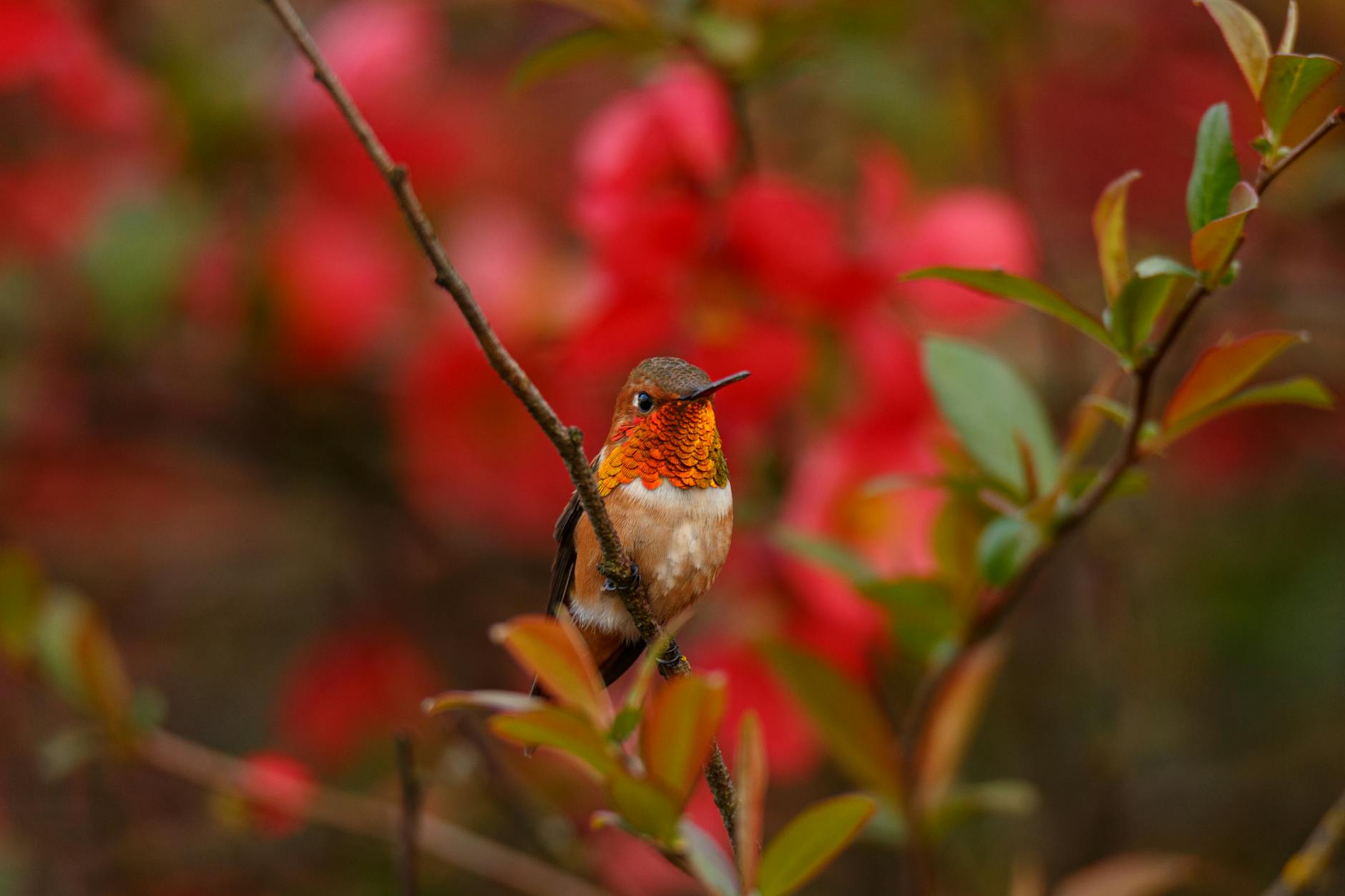
Photo by MICHAEL MCGARRY
Hummingbirds are remarkable for their small size, vibrant plumage, and unique adaptations. Most species measure between 3 and 5 inches long, making them some of the smallest birds in the world. Their feathers often shimmer in metallic hues, appearing green, red, or blue depending on the light. This iridescence isn’t just beautiful—it’s functional, helping them blend into floral surroundings.
Some defining features include:
- Wings: Capable of beating 50-80 times per second, their wings allow them to hover and even fly backward.
- Beak and Tongue: Their long, needle-like beaks are adapted to sip nectar, while their tongues can extend far into flowers to access it.
- Size and Weight: At an average of 3 grams, they weigh less than a nickel, yet their strength and endurance are extraordinary.
These physical traits are specifically designed to help them survive as efficient pollinators. For more details on their characteristics, check out this resource on hummingbird features.
Behavioral Patterns
Hummingbirds display a mix of fascinating and functional behaviors that help them thrive. Their feeding habits are particularly intensive—these birds must eat frequently due to their high metabolism. But nectar is just one part of their diet; they also consume small insects for protein.
Key behavioral traits include:
- Feeding Habits: They feed every 10-15 minutes, consuming over half their weight in nectar daily. This constant movement not only sustains them but also supports plant pollination. Learn more about how hummingbirds forage and feed here.
- Migratory Behavior: Many species, like the Ruby-throated Hummingbird, migrate thousands of miles seasonally. They utilize internal navigation skills to find the same feeding spots year after year. These migrations often involve crossings of large water bodies, such as the Gulf of Mexico, without stopping.
Their combination of feeding and migratory behaviors plays a crucial role in maintaining biodiversity. By pollinating plants along their paths, hummingbirds sustain the broader ecosystems they traverse.
In a world of towering trees and sprawling landscapes, it’s worth appreciating how these tiny creatures orchestrate vital environmental processes.
Pollination and Its Importance
Hummingbirds do much more than dazzle us with their vibrant colors and incredible aerial abilities. These tiny creatures play a key role in sustaining plant life through pollination. Without their tireless efforts, many ecosystems would be far less diverse and productive. Let’s dive into how they contribute to plant life and the specific species that depend on them.
Pollination Process: How Hummingbirds Contribute to Pollination
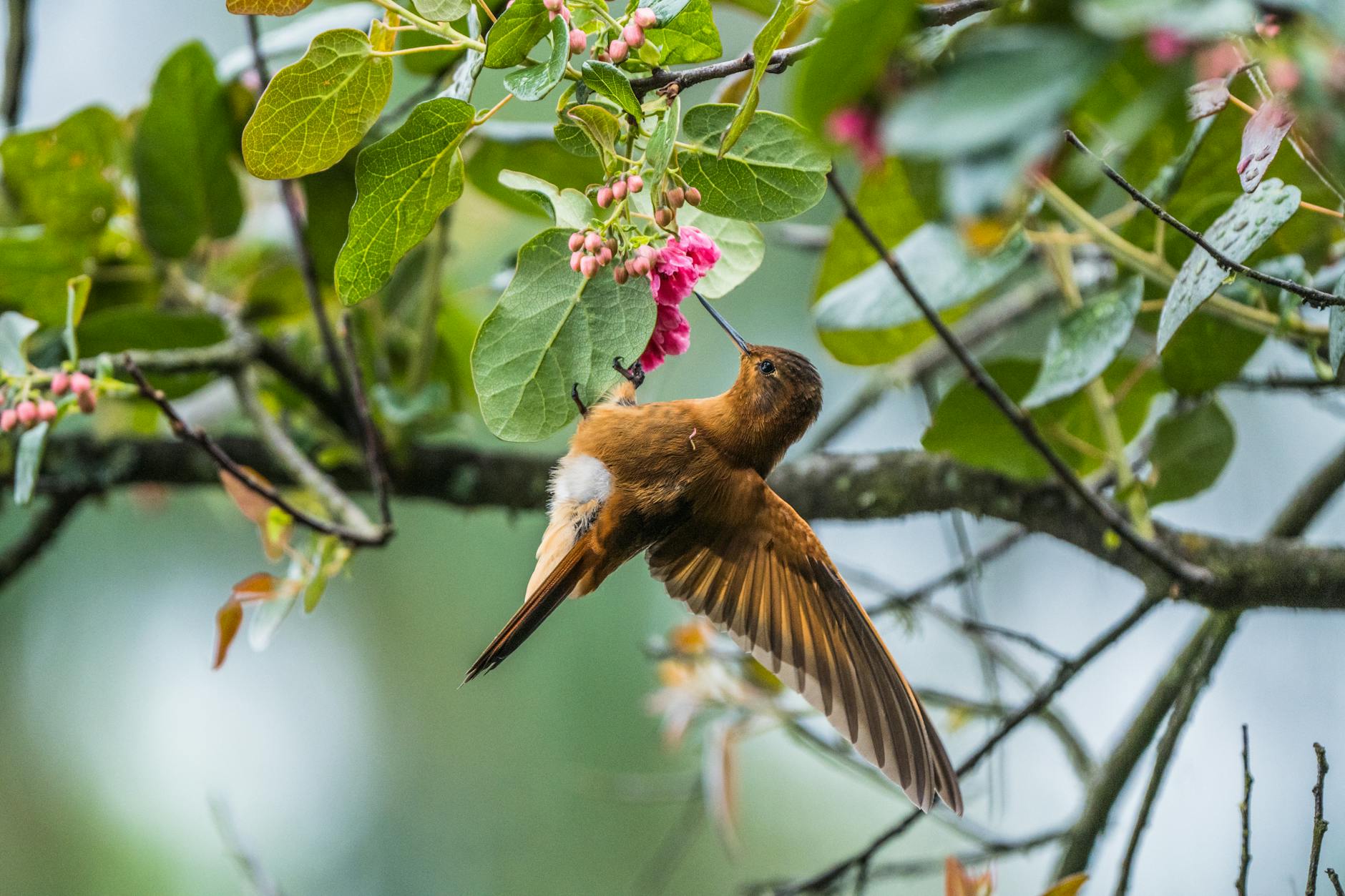
Photo by Juan Felipe Ramírez
Hummingbirds are powerhouses when it comes to pollination. While sipping nectar, they inadvertently collect pollen on their feathers and long, slender beaks. As they flit from flower to flower, this pollen is transferred, enabling fertilization and seed production.
- Their Unique Feeding Habits: Unlike bees, which often land on flowers, hummingbirds hover in the air as they feed. Their rapid wingbeats keep them suspended, making them perfect for pollinating tubular flowers that are tricky for other pollinators to access.
- Perfectly Designed for the Job: Their needle-like beaks and extendable tongues are built to reach deep into floral structures, gathering nectar while brushing against the pollen-rich stamens of the plant.
The work they do goes beyond just flowers—they support entire ecosystems. According to Audubon, plants pollinated by these birds often produce vibrant blooms specifically designed to attract them, ensuring a mutualistic relationship where both species benefit.
Species Dependency: Plants That Rely Specifically on Hummingbirds
Certain plant species have evolved to rely almost exclusively on hummingbirds for their reproduction. These plants often have brightly colored, tubular flowers that appeal to the bird’s senses and physical traits.
Some examples include:
- Columbines (Aquilegia): Known for their red and yellow tubular flowers, these plants are a hummingbird favorite. Their design makes them challenging for most other pollinators.
- Trumpet Creeper (Campsis radicans): This climbing plant features orange-red flowers tailored for hummingbird visits.
- Lobelia Cardinalis (Cardinal Flower): Vibrant scarlet blooms of this wetland plant draw in hummingbirds, especially in areas where other pollinators are scarce.
High Country Gardens highlights that these plant species wouldn’t thrive without hummingbirds’ contributions, emphasizing how essential the birds are in certain habitats.
In regions like the tropics, entire plant families, such as Bromeliaceae (pineapple family), rely heavily on hummingbird pollination to sustain their populations (Maryland Agronomy News).
Through their pollination efforts, hummingbirds not only ensure the survival of specific plant species but also protect broader biodiversity. They are the architects behind the gardens and ecosystems we admire.
Ecosystem Contributions
Hummingbirds play an essential role in maintaining the health and balance of ecosystems. Their activities contribute to food web stability, enhance biodiversity, and shape habitats that support countless other species. Despite their small size, their ecological impact is substantial.
Food Web Dynamics: Their Role in the Food Chain
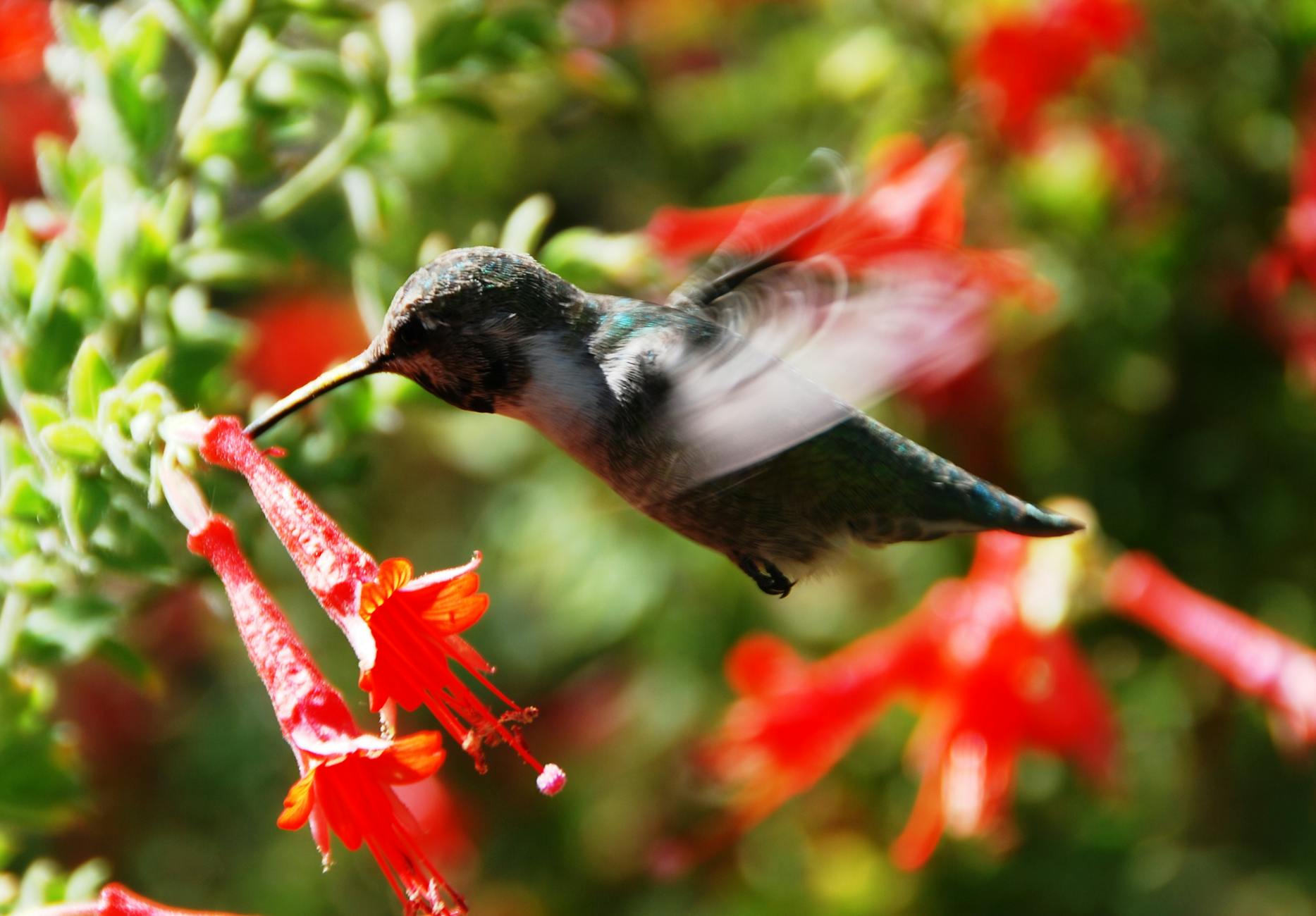
Photo by Jeffrey Eisen
Hummingbirds hold a unique position in the food chain. They primarily consume nectar, but their diet doesn’t end there. They also eat small insects and spiders, which are crucial for their protein intake. By doing this, they regulate insect populations, preventing overgrowth in environments.
Their position as both prey and predator keeps ecosystems balanced:
- Pollinators: Hummingbirds move pollen between flowers while seeking nectar, ensuring plant reproduction.
- Insect Control: By feeding on bugs, they minimize pest populations that might harm plants.
- Prey for Larger Species: Hummingbirds themselves are a food source for larger birds and animals, tying them to upper levels of the food web.
This interconnectedness helps ecosystems thrive across various climates. For a detailed breakdown of their food web role, check out Hummingbird Food Chains.
Biodiversity and Habitat: Influence on Plant Diversity and Habitat Creation
Hummingbirds don’t just sustain biodiversity—they build it. Their pollination behaviors directly impact plant diversity, particularly for species that rely exclusively on their visits. Plants with unique floral designs—like tubular or brightly colored flowers—depend on hummingbirds for reproduction.
Hummingbirds create habitats in two significant ways:
- Boosting Plant Life: By pollinating a wide variety of plants, they help establish vibrant ecosystems filled with flowering plants, shrubs, and trees.
- Drawing Other Species: Plants pollinated by hummingbirds often attract other species, from insects to mammals. A hummingbird’s presence can spark a cascade of biodiversity growth in a specific area.
In urban settings, studies suggest hummingbird activity encourages greener neighborhoods with layered habitats. This goes beyond flowers—hummingbirds support trees, grasses, and shrubs, leading to balanced, sustainable environments (Interacting with hummingbirds at home).
Through their interaction with plants, hummingbirds connect species and ecosystems. Each visit to a flower ensures a ripple effect for life around it, from small insects to towering trees. With them buzzing through gardens, forests, and fields, hummingbirds do more than survive—they help entire ecosystems flourish.
Threats to Hummingbirds
Hummingbirds, with their brilliant colors and rapid movements, face challenges that go beyond the beauty they bring to our surroundings. These challenges are largely caused by human activities and environmental changes, which threaten their survival. Let’s consider how habitat loss and climate change are impacting these extraordinary birds.
Habitat Loss: How Urbanization and Agriculture Affect Their Habitats
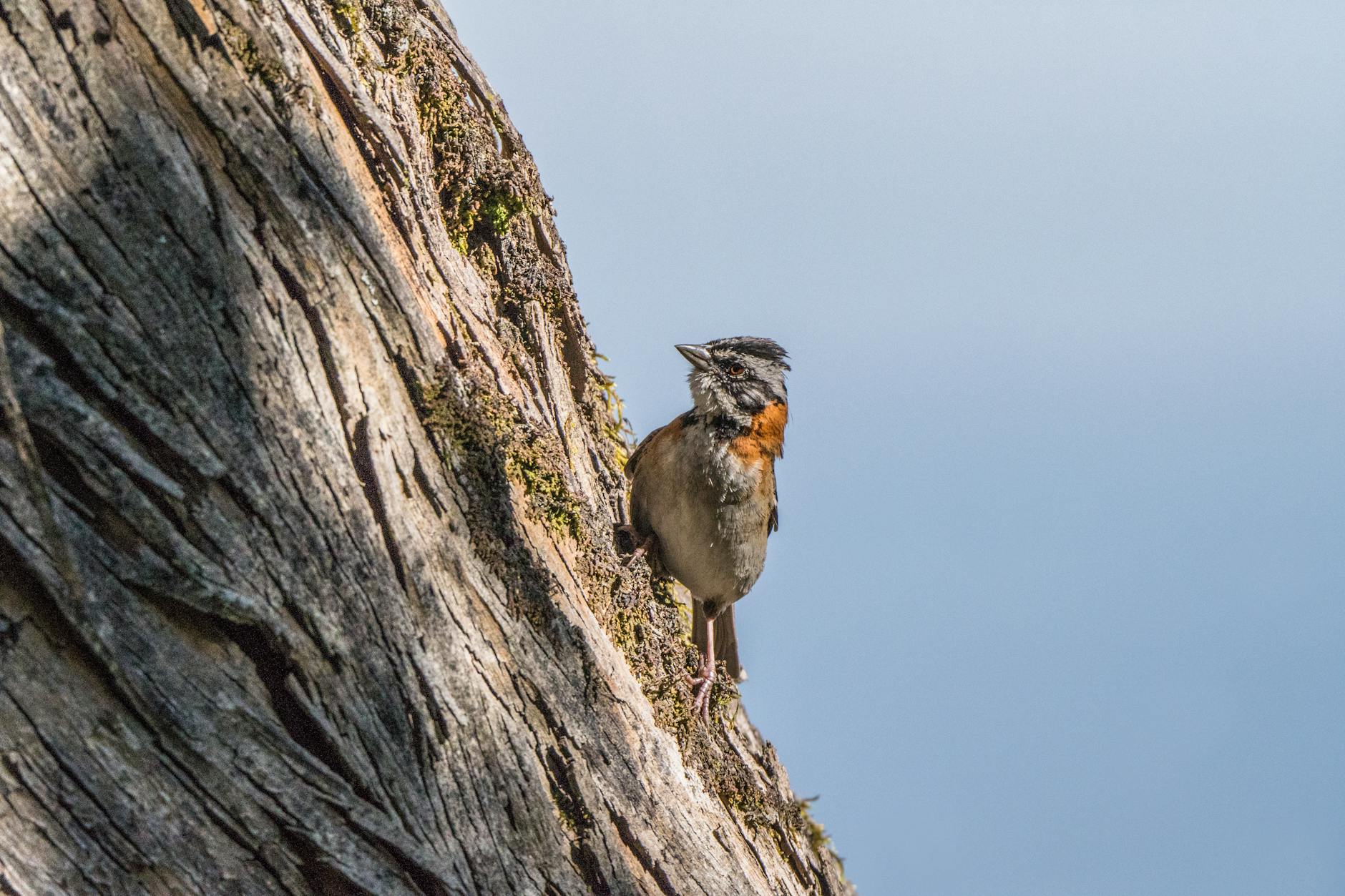
Photo by Juan Felipe Ramírez
As cities expand and farmlands grow larger, the natural habitats of hummingbirds shrink. These birds depend on specific environments that provide them with the nectar-rich flowers and insects they need for survival.
Urbanization leads to:
- Deforestation: Trees that host flowers or shelter are cleared to make way for homes, roads, or other structures.
- Pesticides in Agriculture: Heavy pesticide use reduces insect populations, depriving hummingbirds of a vital protein source.
- Fragmentation of Habitats: Their living spaces are divided into smaller patches, making it harder to find adequate food and nesting sites.
With every development project, hummingbirds lose a piece of their world. They end up competing for resources in areas where flowers and food sources may be limited. According to Save Hummingbirds, habitat destruction is one of the top threats these birds face globally.
Climate Change: The Impact on Migration and Feeding
Climate change has ripple effects on the delicate ecosystems hummingbirds are part of. These birds have evolved to rely on specific environmental patterns, such as the timing of flower blooms and insect availability, which are now changing drastically.
Several ways climate change disrupts their lives:
- Migration Timing: Warming temperatures cause plants to bloom earlier than expected. Hummingbirds migrating later find fewer nectar-rich flowers waiting for them.
- Food Source Reduction: Intense weather events, such as droughts or hurricanes, destroy flowers and eliminate insects in one sweep.
- Shifting Ranges: Rising heat forces hummingbirds to move to cooler areas, pushing them into unfamiliar territories where food may be scarce.
For example, Audubon predicts a significant loss in breeding ranges for some species by 2080. This mismatch in migration and resource availability could prevent many from reproducing successfully, reducing their numbers dramatically over time.
The challenges of climate change extend beyond warming temperatures—it reshapes entire ecosystems and forces these small yet hardy creatures to navigate new struggles. For a deeper explanation, Pollinator.org offers insights into climate change’s influence on hummingbirds’ feeding behavior.
Our actions today—preserving forests, planting native flowers, and reducing emissions—can decide whether future generations get to hear the hum of these birds. Without urgent changes, their plight will only worsen. So how can we help?
Conservation Efforts
Protecting hummingbirds isn’t just about saving beautiful birds; it’s about sustaining the ecosystems they anchor. These tiny creatures play a crucial role in pollination, biodiversity, and the balance of food webs. Yet, they face threats like habitat loss, climate change, and pollution. The good news? We can all be part of the solution by engaging in meaningful conservation activities that make a difference.
Community Involvement: Encourage readers to participate in hummingbird conservation.
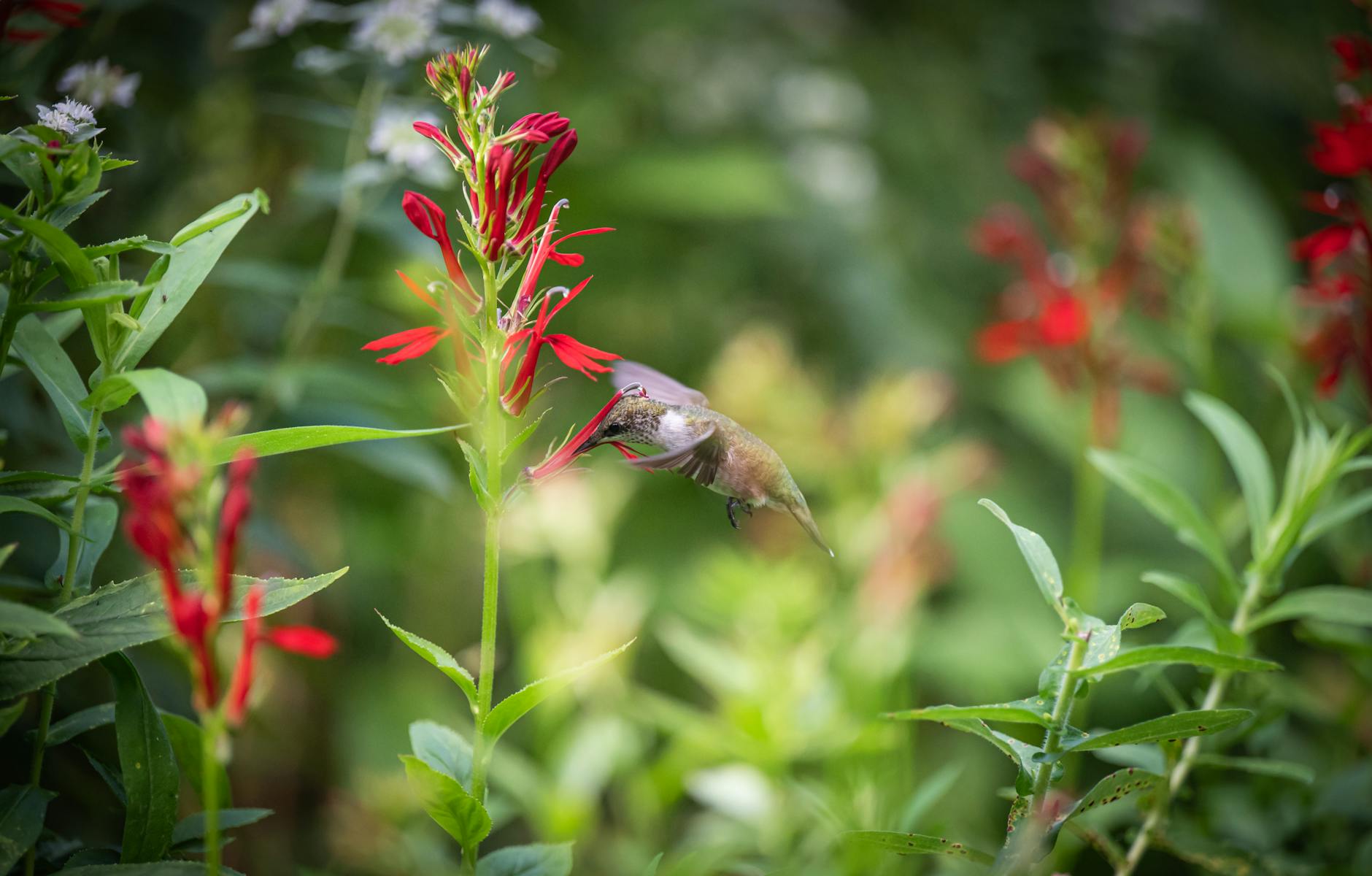
Photo by Chris F
Getting involved in conservation efforts can start right in your community. Simple actions lead to big changes when people work together. So, how can you make an impact?
- Join Local Conservation Groups: Organizations like The International Hummingbird Society focus on education and habitat preservation. Volunteering or donating helps expand their vital work.
- Participate in Citizen Science Projects: Programs such as Audubon’s Community Science Initiatives involve monitoring hummingbird populations and migration patterns. Your observations can contribute to crucial research.
- Advocate for Pesticide-Free Zones: Hummingbirds eat insects along with nectar. Reducing pesticide use in your yard or local parks protects their food sources.
- Support Habitat Restoration: Many groups repair natural habitats for hummingbirds. Check initiatives like Save Hummingbirds to learn how you can help.
Taking these actions not only supports hummingbirds but also encourages a deeper connection with nature. As more people get involved, ecosystems grow stronger, one pollinator at a time.
Pollinator Gardens: Suggest how to create gardens that attract hummingbirds.
Creating a garden that attracts hummingbirds is easier than you think. With a little planning, you can transform your backyard into a sanctuary for these energetic birds while supporting local biodiversity. Here’s how to do it:
- Plant Native Species: Choose nectar-rich flowers that are native to your area. Native plants like trumpet creepers and columbines are tailor-made for hummingbirds.
- Go Tubular: Opt for plants with tubular flowers like salvias or bee balms. These shapes fit perfectly with a hummingbird’s long beak and tongue.
- Group Flower Colors: Red, orange, and pink blooms are irresistible to hummingbirds. Cluster flowers in patches to make feeding easier.
- Plan a Bloom Schedule: Include plants that flower during different seasons to ensure food availability year-round. This approach helps support non-migratory hummingbirds.
- Provide Water Features: Add options like a misting fountain or shallow birdbath. Hummingbirds love to play in fine mists and need water to drink and bathe.
- Avoid Pesticides: Instead, opt for natural pest control methods. Pesticides can harm hummingbirds and the insects they prey on.
For a step-by-step guide to building the perfect pollinator garden, visit Zero Waste Homestead or Cornell Farm’s Hummingbird Guide.
A well-designed pollinator garden not only benefits hummingbirds but also attracts bees and butterflies, creating a vibrant ecosystem in your own yard. By taking this simple step, you help hummingbirds thrive while enjoying their beauty and the buzz of life they bring to your space.
Conclusion
Hummingbirds are more than mesmerizing creatures; they are indispensable to the planet’s ecosystems. Their pollination work supports diverse plant species, which in turn sustain countless life forms. By maintaining ecological balance, these tiny birds ensure that nature thrives around us.
Their survival matters to everyone. Protecting their habitats and reducing environmental threats benefits more than just hummingbirds—it safeguards entire ecosystems.
Take meaningful steps today, like planting flowers or supporting conservation groups. Let’s ensure future generations witness their hum and brilliance. Every action counts.










